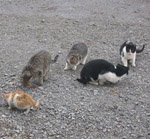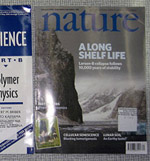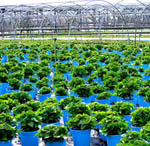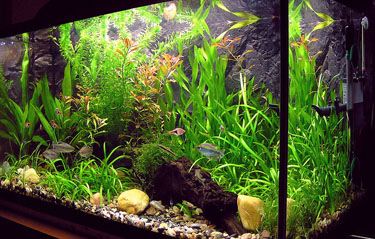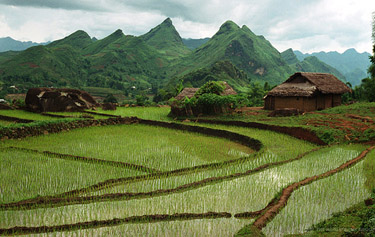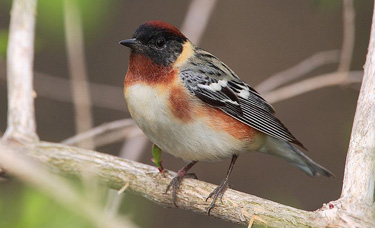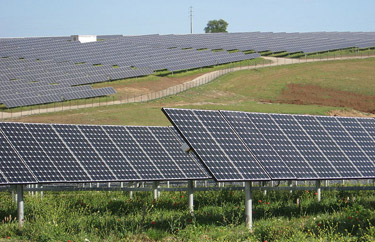Measuring the "naturalness" of landscapes: a look at the U.S.
 Development,
Development,  Planning
Planning A new study in the journal Landscape Ecology presents an approach for measuring the level of naturalness across a region. Colorado State University researcher David Theobold tests this approach on the lower 48 states of the U.S. to determine the naturalness of the nation and how it is projected to change over the next 20 years.
"Weed calculator" estimates the landowner costs from invasive plants
Scientists have developed a compelling tool for helping land managers calculate the economic impact from the invasive weeds on their property...
Assessing the vulnerability of coasts to sea-level rise
Coastlines around the world will be affected by rising sea level over the next several decades. In some places, the impacts will be severe as flooding, erosion, and storm surge cause damage to coastal towns and transform habitats for coastal species. The big question for resource managers and planners: Where are the most vulnerable places?
Making research in biodiversity hotspots free
 Research
Research "Most species live in the tropics, but most field biologists study temperate ecosystems." This is the central dilemma that has spurred Nigel Pitman from Duke University to call for making research in biodiversity hotspots free...

